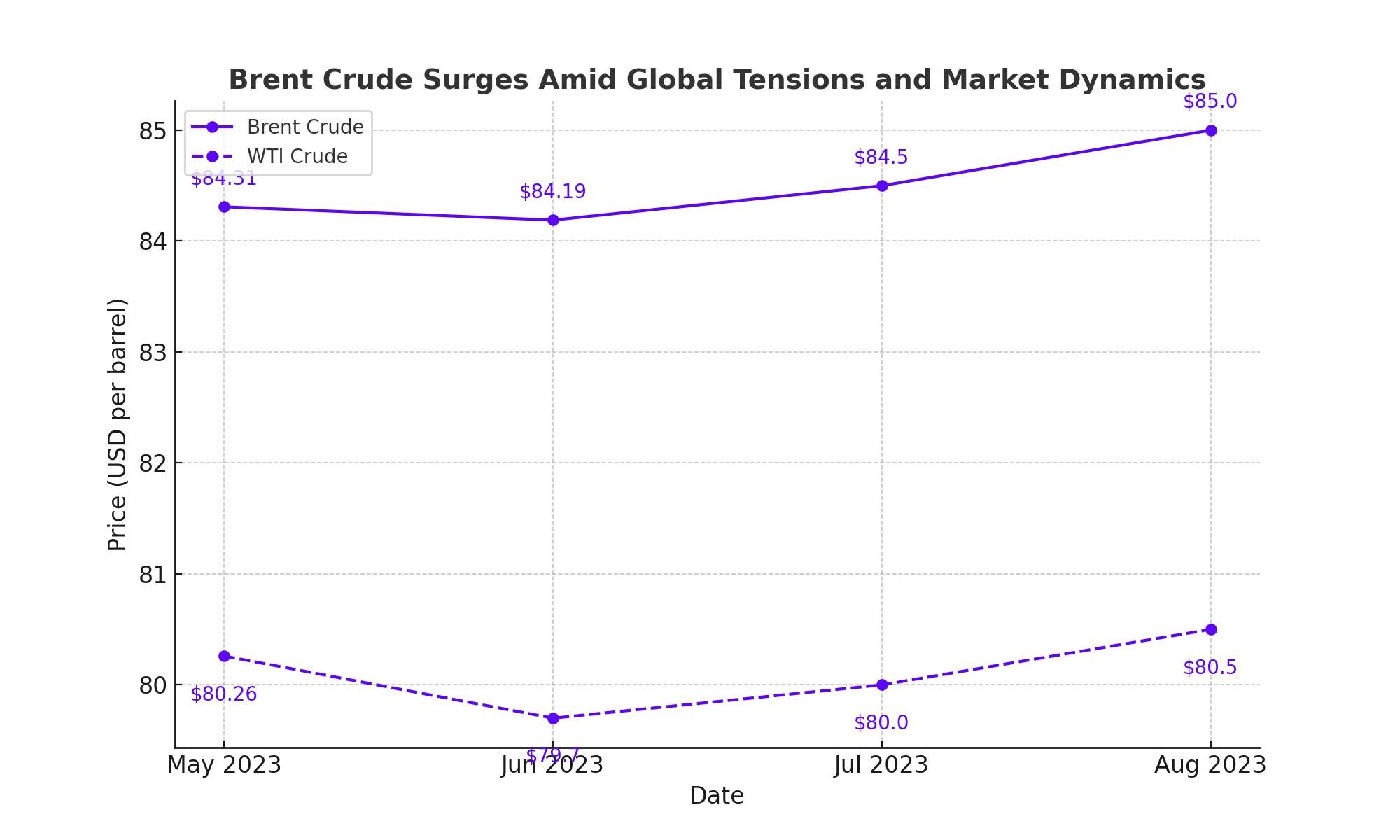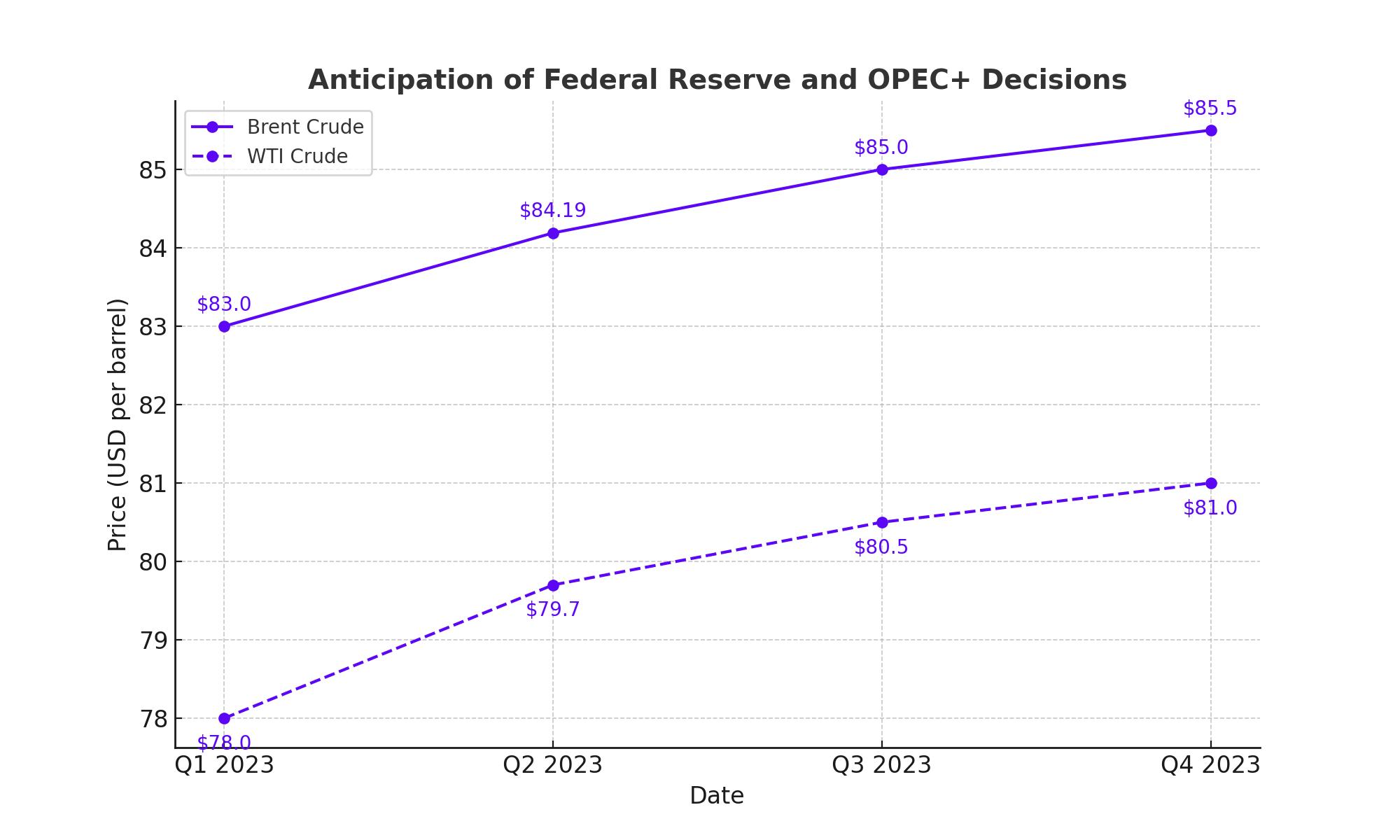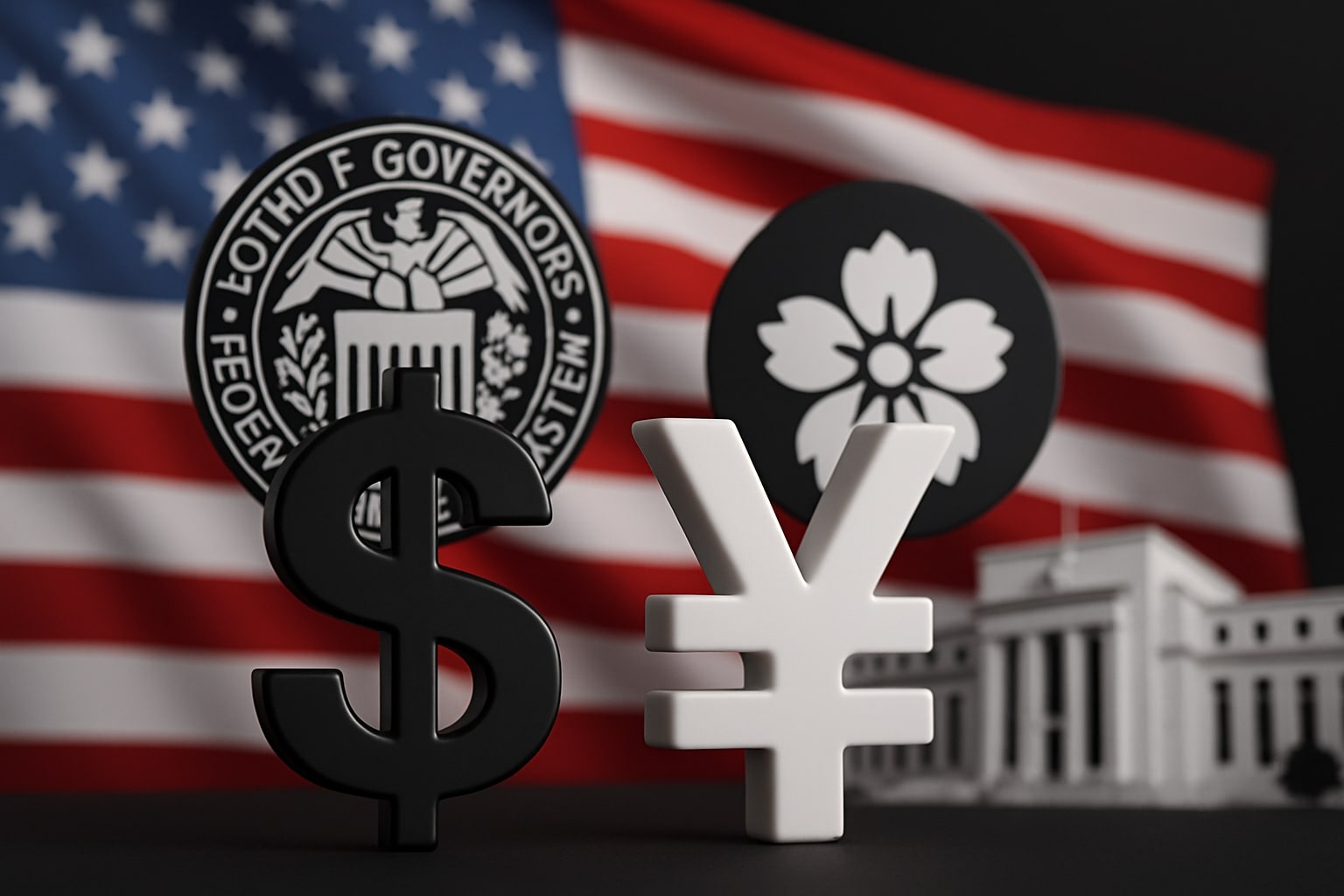
Brent Crude Prices Surge - Geopolitical and Market Dynamics
Global oil market sees tightening as Brent crude hits $84.31 per barrel, influenced by Middle East instability, U.S. interest rate prospects, and OPEC+ production decisions | That's TradingNEWS
5/20/2024 9:12:50 AM
That's TradingNEWS
Read More
-
Nvidia Stock Slides 4% as AI Partnerships Signal New Growth Phase
14.10.2025 · TradingNEWS ArchiveStocks
-
XRP Price Forecast - Ripple XRP-USD Slips to $2.45 as Whales Sell $5.5B — Analysts Eye Rebound Toward $3
14.10.2025 · TradingNEWS ArchiveCrypto
-
Natural Gas Price Forecast - NG=F Falls to $3.07 as Supply Glut and Weak Heating Outlook Hit Demand
14.10.2025 · TradingNEWS ArchiveCommodities
-
Stock Market Today - Nasdaq Drops 0.9%, Gold Hits $4,156 as Trade Tensions Spark Volatility
14.10.2025 · TradingNEWS ArchiveMarkets
-
USD/JPY Price Forecast - Dollar to Yen Slides to 151.80 as Trade Tensions Boost Yen Strength
14.10.2025 · TradingNEWS ArchiveForex




















